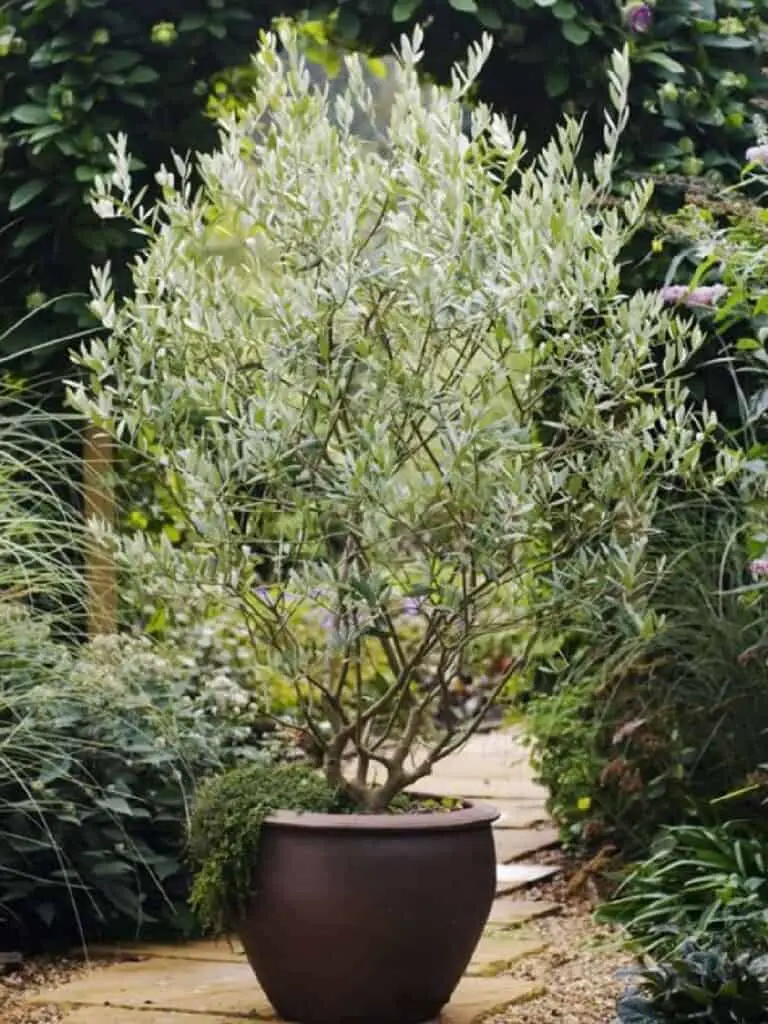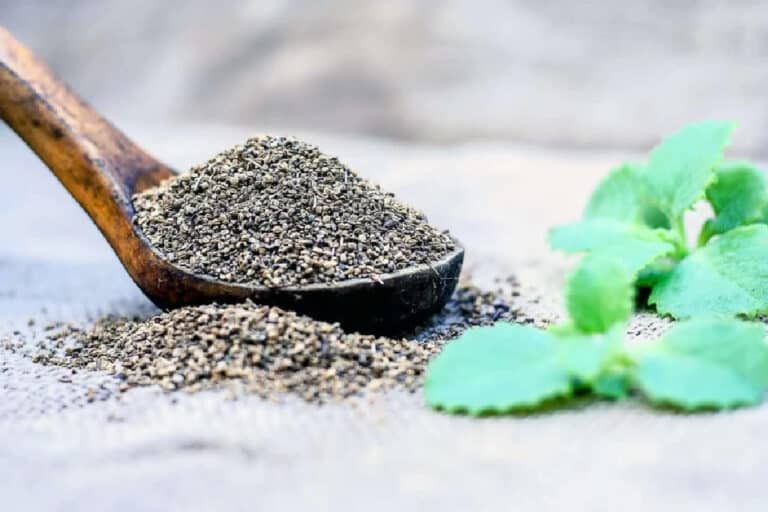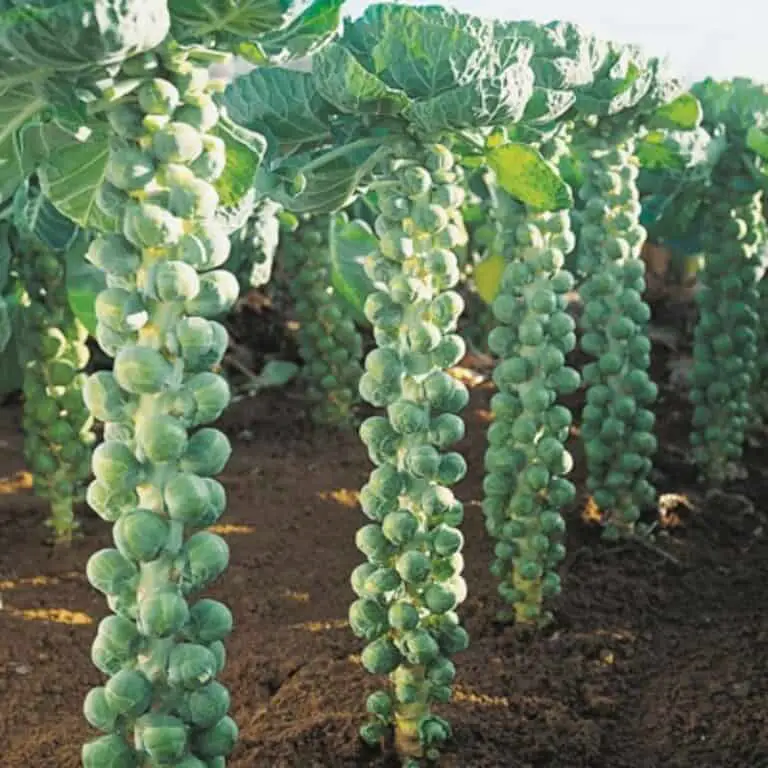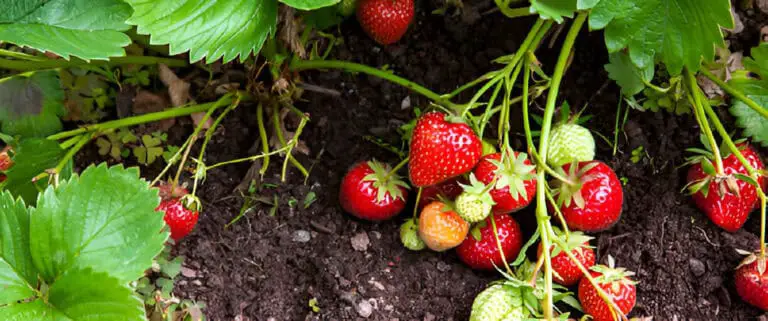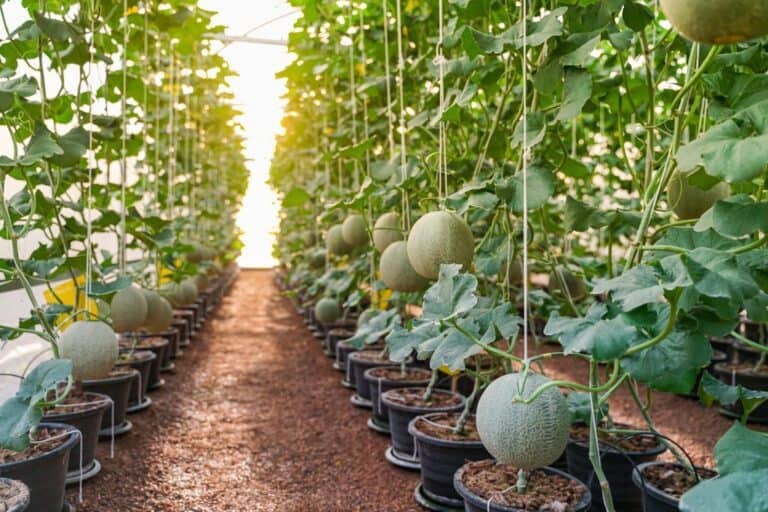10 Easy Water-Saving Tips Every Gardener Should Know
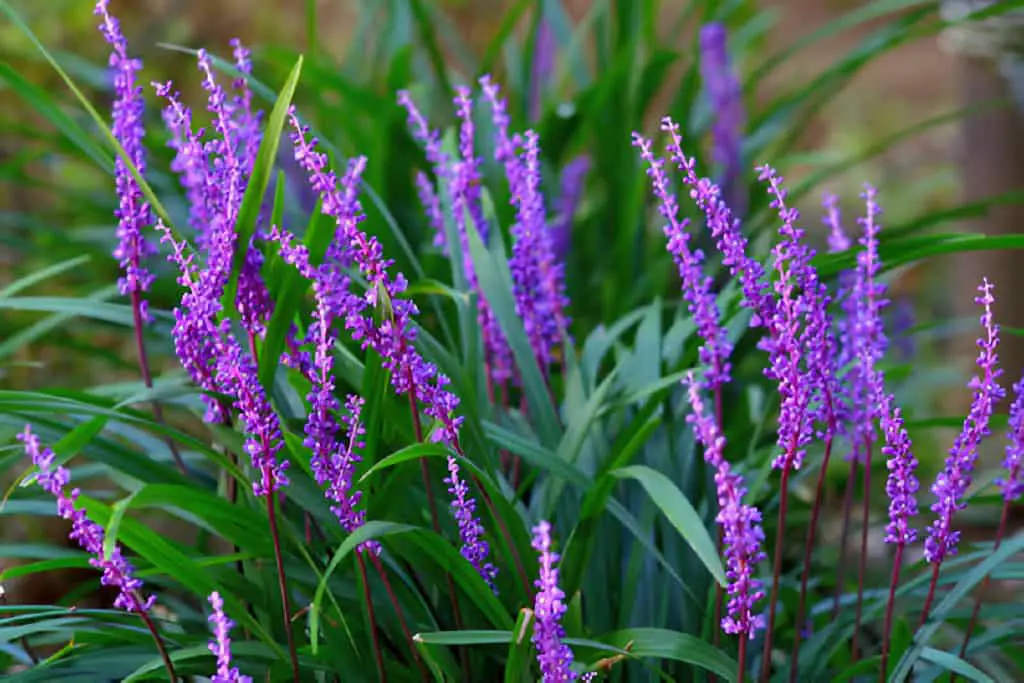
How Much Water Do You Typically Use in Your Garden?
Regardless of species or variety, all plants require water. Water allows plants to absorb nutrients from the soil while also assisting in the conversion of sunlight to energy – a process known as photosynthesis.
If your garden is responsible for sky-high water bills, though, you should consider taking a proactive approach towards minimizing the amount of water it uses.
Here are 5 ways to do just that.
1. Embrace Mulching Magic
Mulch is like a cozy blanket for your soil. It holds in moisture, keeps weeds at bay, and regulates soil temperature. When you spread mulch around your plants, it acts as a barrier, reducing water evaporation from the soil. I like to use organic mulches like straw, bark chips, or compost because they break down over time and add nutrients to the soil. Here’s a quick look at different mulching options:
| Mulch Type | Benefits | Best For |
| Straw | Retains moisture, decomposes | Vegetable gardens |
| Bark chips | Long-lasting, decorative | Flower beds |
| Compost | Adds nutrients, retains moisture | All-purpose, versatile |
When you mulch, aim for a layer about 2–3 inches thick to ensure the soil stays moist without smothering your plants.
| Related: Is It Better to Water Mulch Before or After Laying It Down? |
2. Water Early or Late
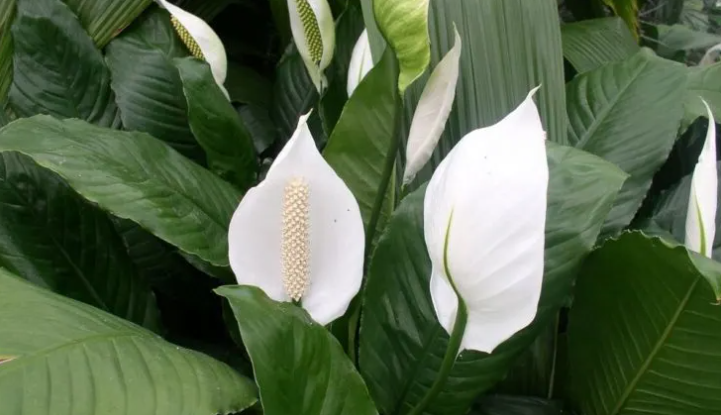
Timing is everything when it comes to watering your garden. Watering early in the morning or late in the evening reduces the amount lost to evaporation. The sun is less intense at these times, so the water has a better chance to soak into the soil rather than vanishing into thin air.
I’ve found that watering in the morning also preps my plants for the day ahead, giving them the strength to handle the sun.
If you water your garden during the morning or midday, sunlight will cause a substantial amount of it to evaporate. Some of the water will still soak into the soil, but much of it will evaporate into the air.
Watering your garden during the evening, on the other hand, minimizes evaporation so that more water will soak into the soil.
3. Use Drip Irrigation or Soaker Hoses
Drip irrigation and soaker hoses are water-saving game changers. Unlike sprinklers that spray water everywhere, drip systems and soaker hoses deliver water directly to the roots where it’s needed most. Setting up a drip irrigation system may sound complex, but it’s surprisingly simple—and trust me, the payoff in water savings is well worth it.
| Watering Method | Benefits | Ideal For |
| Drip Irrigation | Precision watering, reduces runoff | Flower beds, veggie gardens |
| Soaker Hoses | Easy setup, deep soil watering | Rows of plants, large areas |
By focusing water on the roots, these systems use up to 50% less water than traditional watering methods. Plus, they keep your leaves dry, which can help prevent disease.
| Also read: How Do You Water Plants With a Gallon Jug? |
4. Choose Drought-Tolerant Plants
Every garden is unique, but one of the easiest ways to save water is by planting drought-tolerant varieties. Many herbs, succulents, and native plants thrive with minimal water, making them ideal for eco-friendly gardening. Plants like lavender, sage, and coneflowers can withstand dry conditions, making them perfect additions to any water-wise garden.
Here’s a quick list of drought-tolerant plants to consider:
- Lavender – Loves the sun and needs little water
- Sage – Aromatic and thrives in dry soil
- Coneflowers – Tough and adds color to your garden
- Sedum – Low-growing and perfect for rock gardens
- Yarrow – Hardy and attracts pollinators
5. Collect Rainwater
Why not let nature do the work? Collecting rainwater is an easy and cost-effective way to save water in your garden. A rain barrel or two can capture runoff from your roof, providing a free source of water for dry days. Many municipalities even offer rain barrel discounts to encourage water conservation.
When setting up a rain barrel, just make sure it’s covered to prevent mosquitoes and positioned near where you’ll need it most. And don’t worry if you live in an area with sporadic rainfall—every little bit counts, and you’ll be amazed how quickly those barrels fill up!
6. Build a Drainage System
Another way to conserve water in your garden is to build a drainage system.
If water collects in a specific area of your landscape, perhaps you can use a French drain to guide the water to your garden.
Of course, you should use caution to ensure that water doesn’t remain stagnant in your garden.
Otherwise, it may create waterlogged soil that’s mushy and even harmful to your plants.
7. Install a Drip Irrigation System
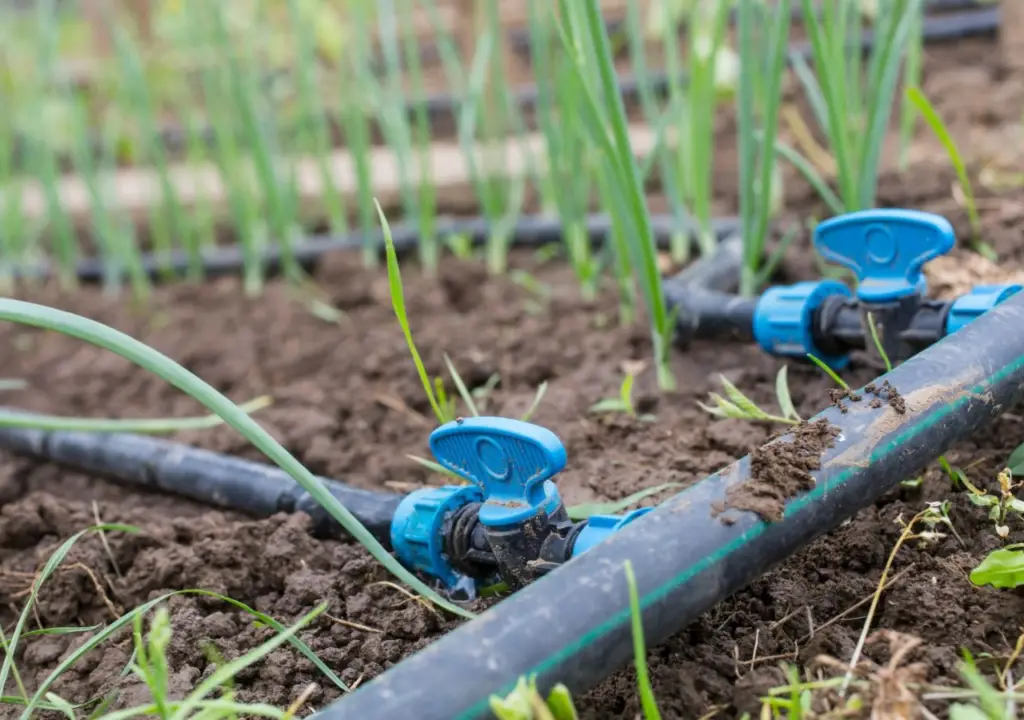
A drip irrigation system can help you conserve water in your garden.
Drip irrigation systems work by slowly releasing water into the soil. As a result, they don’t suffer from evaporation problems associated with traditional irrigation and watering systems.
In fact, research shows that drip irrigation systems use about 30% to 50% less water, making them ideal for gardens and landscapes.
8. Use Greywater When Possible
Using greywater—household water from activities like bathing or washing dishes—can be a sustainable solution for gardens. While you should avoid using greywater on edible plants without a proper filtration system, it’s perfectly safe for flowers, shrubs, and trees. Just make sure to avoid soaps with harsh chemicals that could harm your plants.
I like to collect leftover water from rinsing vegetables or cooling down boiled pasta and use it in my garden. Every little bit of recycled water helps, and it feels good knowing that I’m putting water to use instead of letting it go down the drain.
9. Hydrozoning: Group Plants with Similar Water Needs
One trick I’ve learned over time is to group plants with similar water requirements. This is known as “hydrozoning,” and it’s a lifesaver for keeping my garden organized and water-efficient. By planting species that have similar watering needs together, you avoid overwatering some plants while others remain parched. This method allows you to easily water only certain sections of your garden, using less water overall.
For example, succulents and cacti require minimal watering, so I place them together in one area. On the other hand, my vegetable garden, which is a bit thirstier, gets its own separate watering routine. This way, I don’t need to water the whole garden if only a few plants need a drink.
| Plant Type | Water Requirement | Example Plants |
| Low-Water | Minimal | Cacti, succulents, lavender |
| Moderate-Water | Weekly | Vegetables, flowering perennials |
| High-Water | Frequent | Ferns, hydrangeas |
| Check out: Sunflower Watering Requirements |
10. Consider Adding Shade or Windbreaks
Adding a bit of shade or protection from wind can do wonders for water conservation. Heat and wind accelerate evaporation, drying out soil and leaving plants thirstier. By strategically placing shade cloths or windbreaks (like hedges or small fences), you can reduce how much water evaporates from your garden beds. Not every plant loves shade, so keep the sun-lovers out in the open, but protecting delicate flowers or leafy greens from harsh afternoon sun can save you a lot of watering.
Conclusion: Small Changes, Big Difference
Saving water in your garden doesn’t mean sacrificing the lush, green space you love. By making a few adjustments—like adding mulch, adjusting your watering times, or installing a drip system—you can have a vibrant garden and a lower water bill. Gardening responsibly isn’t just about conserving resources; it’s about working in harmony with nature. So, give these tips a try, and watch your garden flourish with a little less water and a lot more intention!

